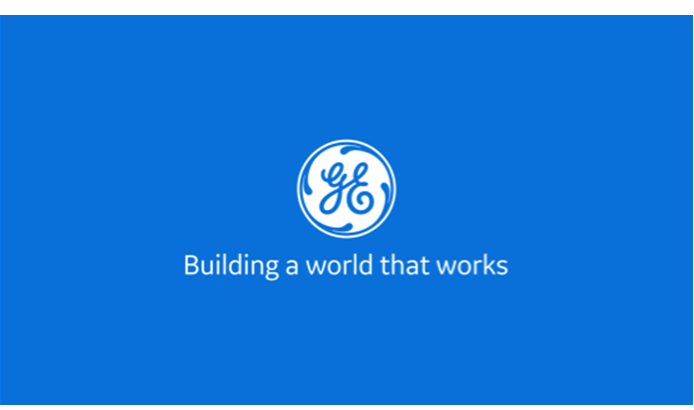GOING PLACES
Aerospace engineer Pooja Choudhary still remembers her first plane ride. The Mumbai native was 11 years old when she joined her class on a school trip to Jaipur. But the city’s famous pink palaces weren’t what piqued Pooja’s interest. She was in it for the plane ride. “When I was in school, watching planes fly overhead would fascinate me and inspire me to dream high,” she says. That fascination with flight never left her. She studied engineering and in 2017 landed at GE’s John F. Welch Technology Center in Bengaluru. Now in her 20s, she works on the latest jet engines, explores new manufacturing technologies like 3D printing and develops data analytics so that customers like Air India can keep their planes flying as much as possible.
Taking off: The center, which celebrated its 20th birthday last year, has come to play an outsize role in the way GE innovates, designs products and services, and works with customers around the world. The facility employs more than 3,500 people with doctorates, engineers and other specialists and serves as a home to GE Research and GE businesses including Aviation, Healthcare, Gas Power and Renewable Energy. “We understand GE, we understand the products, we understand the customers, and it’s just awesome to finally have that in one place,” says Alok Nanda, the center’s CEO.
Read more about the work being done at GE’s tech center in Bengaluru here.
CHARTING HEALTHCARE’S FUTURE
When COVID-19 first hit and people stopped flying early last year, the aviation industry wasn’t the only one left in the lurch. The paucity of planes in the sky frayed vital supply chains that stretched around the world and left many businesses scrambling to keep their factories running. Few had less time to find a solution than healthcare companies supplying clinicians on the pandemic’s front lines with critical equipment to diagnose and treat patients. “Because flights were far fewer, we had to charter aircraft, we had to do things in logistics that we never imagined,” says Kieran Murphy, president and CEO of GE Healthcare. “It demanded huge cooperation, and that’s what I’d like to see going on beyond the pandemic.”
Digital prognosis: That collaboration evolved far beyond manufacturing, into the adoption of telemedicine and efforts to use data and software to improve patient as well as business outcomes for hospitals and other industry players. Murphy discussed the pandemic’s challenges and opportunities in a video with Mathias Goyen, a radiologist and GE Healthcare’s chief medical officer for Europe, the Middle East and Africa. They addressed the online attendees of the European Congress of Radiology, one of the largest scientific meetings on the continent. “We had customers tell us that they made more progress in two or three months than they expected to do in the next five or seven years,” Murphy says. Goyen says that “virtual care empowered by AI is no longer aspirational, it’s mandatory, a must-have component of delivering healthcare in the future.”
Click here to read more of Murphy and Goyen’s conversation.
COOLEST THINGS ON EARTH ?
1. Hearing Crickets
Scientists at Tel Aviv University used a dead locust’s ear to give a robot a sense of hearing.
2. AI Against Alzheimer’s
Medical researchers have built an artificial intelligence platform that could help identify potential Alzheimer’s treatments by screening drugs already approved for other conditions.
3. Down To The Letter
A team of scholars on both sides of the Atlantic developed a “flattening” algorithm that can virtually unfold and peek inside centuries-old, sealed documents.
Read more here about this week’s Coolest Things On Earth.
— QUOTE OF THE DAY —
“We have this amazing energy because our demographic is quite young, full of hope and full of enthusiasm. When you bring the domain knowledge of our experts together with all this energy, then magic can happen.”
— Alok Nanda, CEO of GE’s John F. Welch Technology Center in Bengaluru
Quote: GE Reports. Images: Pooja Choudhary, GE.






